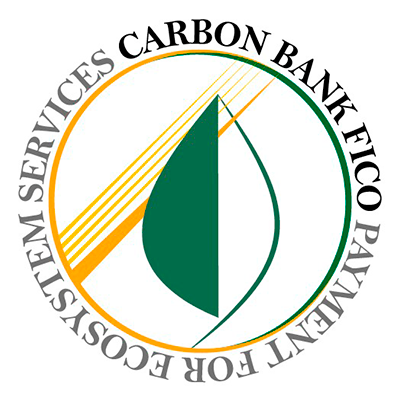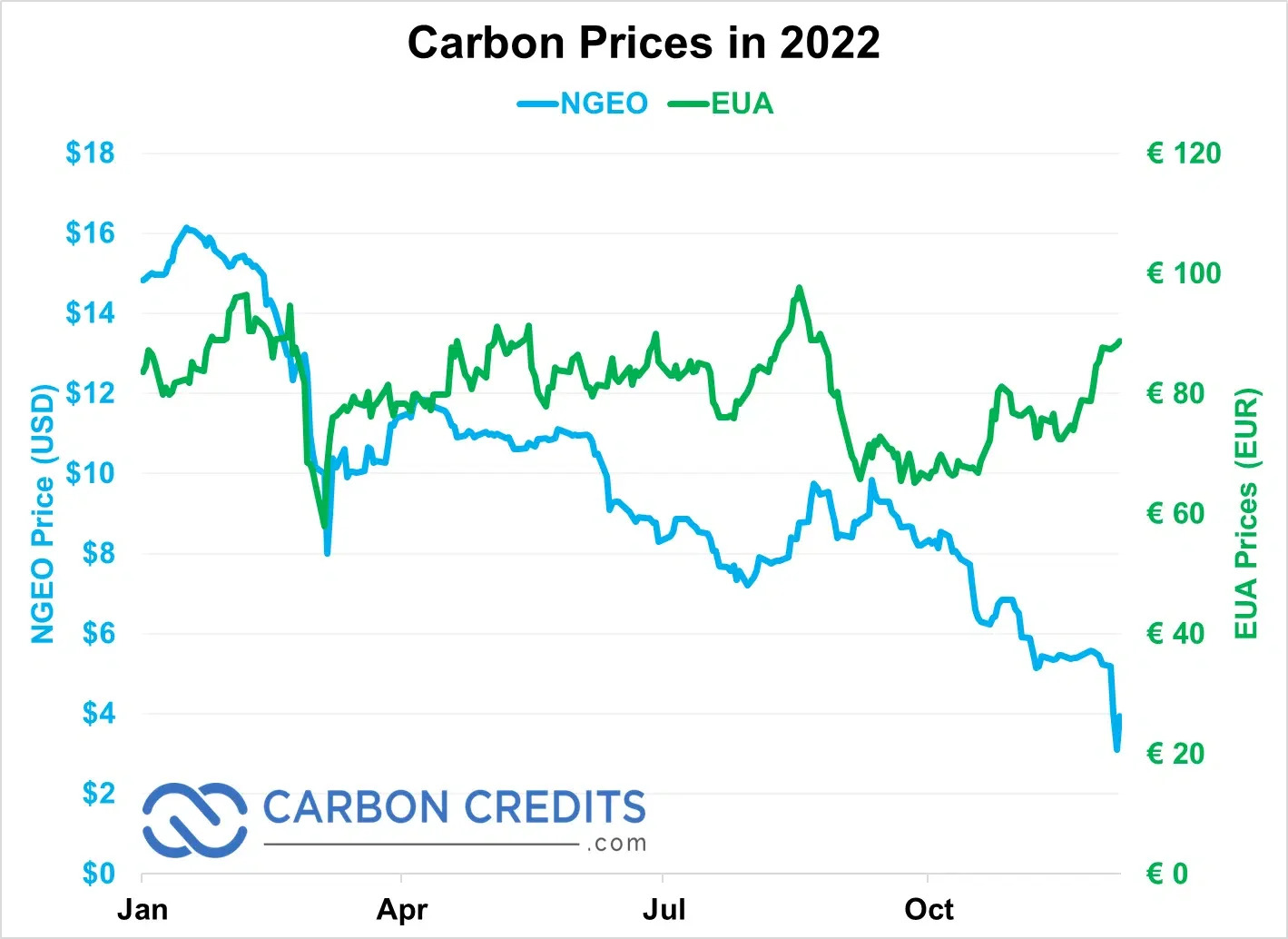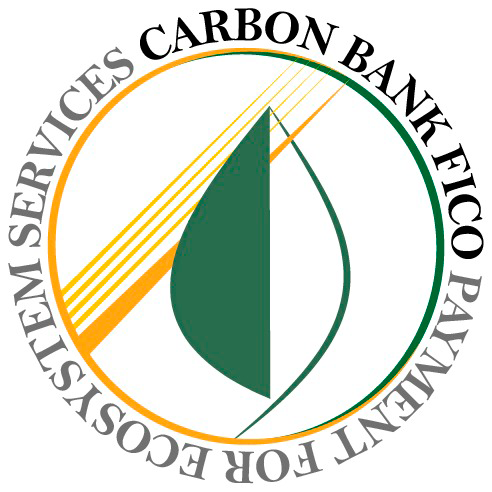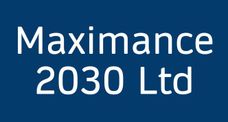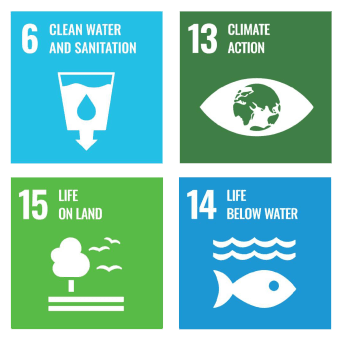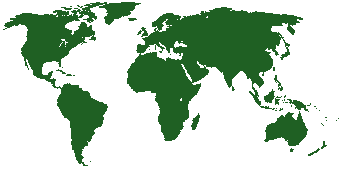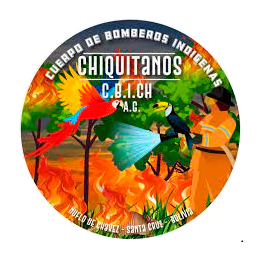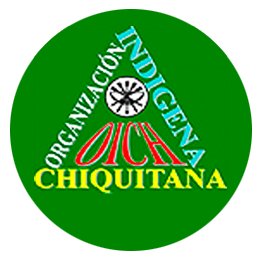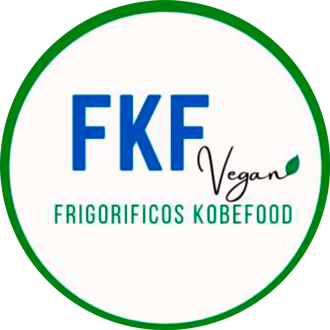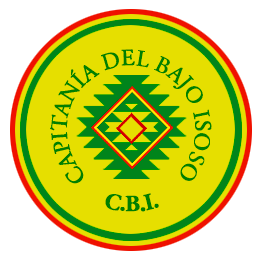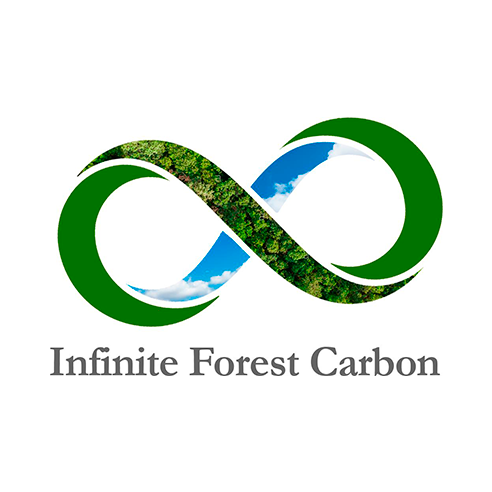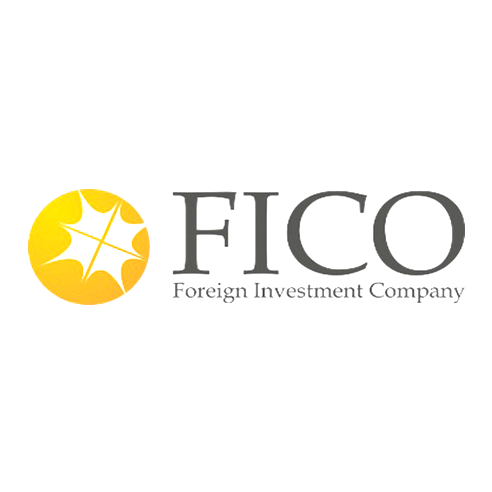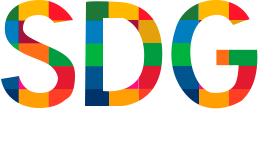
Corporate Standards & Compliance
‘SDGEC Excellence Center’ is a committee formed by professionals from several technical areas that make up the climate change segment and act as independent participants to verify the market – worldwide – in the standardization and compliance with rules based on the practice of actions with procedures that contemplate the 17 Sustainable Development Goals, in accordance with the goals established by the United Nations.
‘SDGEC’ is a Voluntary Excellence Center, born and able to confirm ‘Structurable Business Models’ aimed at Corporations, Governments and Indigenous Peoples. Upon verification, it attests to the standardization of its ethical role, certifying the inclusive excellence of the 17 Sustainable Development Goals to be promoted by various sectors of society, on a voluntary basis, for the global market in the segment of climate finance. This segment exceptionally establishes the land use (FAO) among existing correlated categories, and specifically intact primary forests under temporary or perpetual waiver with regard to non-deforestation, nondegradation in favor of biodiversity protection, that is, those that adopt technical methodology, innovative scientific Infinite Forest Carbon (IFC) as an application of the Sustainable Development Mechanism (SDM), integrated into the central core of price structuring that determines the ESG and SER businesses.
DevvStream Announces Carbon Credit Management MOU for up to 8.3 Million Hectares of Amazon Rainforest Land in Bolivia
Innovative carbon credit conservation project is expected to generate carbon credits utilizing a novel technology-driven methodology currently in development
VANCOUVER, BC, July 20, 2023 — DevvStream Holdings Inc. (CBOE:DESG) (OTCQB: DSTRF) (FSE: CQ0) (“DevvStream” or the “Company”) a leading carbon credit project development and generation firm specializing in technology solutions, today announced a memorandum of understanding (MOU) with Bluegrace Energy (“Bluegrace”) establishing DevvStream as the exclusive carbon credit manager for an 8.3-million-hectare Amazon rainforest protection project in Bolivia. Under the terms of the MOU, DevvStream will provide carbon credit management services and will receive a portion of any resulting credits.
Forest-based carbon credit projects typically utilize the REDD+ framework, which establishes a methodology for ….
You can read the entire article on its original source
Resources:
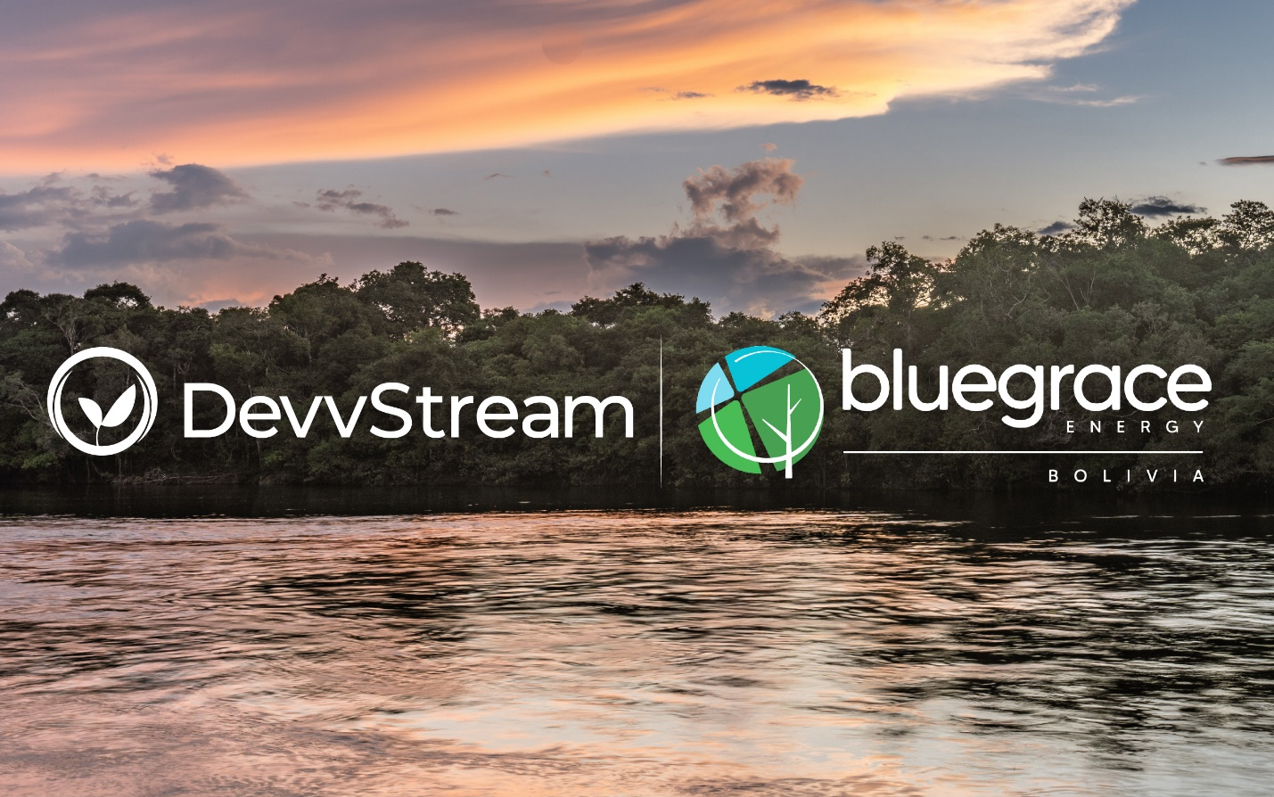
Top 4 Carbon Stocks to Watch in 2023
After a record-breaking price run in the compliance and voluntary markets in 2021, many carbon stocks reached large market caps. With a softening of carbon prices across the board last year, however, some companies have retreated to interesting valuations.
1. DeevStream

DevvStream is a new company that provides money for green projects in exchange for carbon credit rights. Netflix, Xerox, Shell, Exxon, Apple, and Meta are just a few of the companies that are using DevvStream to offset their carbon emissions.
- In addition to these rights, DevvStream manages the carbon credits generated by using an advanced blockchain-based ESG platform.
The primary business of Devvio, which is DevvStream’s parent company, is its proprietary blockchain-based ESG platform.
As a B2B service, Devvio provides its corporate clients with a framework for global-scale enterprise management.
DevvESG offers regulatory-compliant transaction management and tracks assets for maintenance. It also has record keeping, automation, and ESG reporting capabilities. All of this is done transparently.
It was built with smart contracts through its proprietary blockchain. And that’s for a fraction of the transaction cost of other blockchain (i.e. 1/1,000,000th the energy cost of Ethereum).
On top of this, Devvio’s platform is highly scalable. It can allow for over 8 million transactions per second. For reference, Visa only sees around 1,700 transactions per second worldwide.
And as Devvio is the majority owner of DevvStream, the latter is fully ready to make good use of its infrastructure.
Total ESG assets under management have more than tripled in the past decade, and analysts estimate that number will hit $41 trillion by the end of this year.
2. Carbon Streaming Corporation (NETZ.NEO and OFSTF.OTC)
Carbon Streaming Corporation (NETZ.NEO and OFSTF.OTC) is another company that is worth watching in the carbon space. The company has a portfolio of 21 projects in 12 different countries around the world.
NETZ is a leveraged play on the demand and the value of carbon credits increasing in the voluntary carbon market. The company is currently trading at a significant discount to net asset value.
The projected growth of the voluntary carbon market will serve as an excellent catalyst for NETZ, which already has a steady source of carbon credit production locked in for the next decade.
3. Base Carbon (BCBN.NEO)
Base Carbon (BCBN.NEO) is another company that is involved in financing carbon projects that generate voluntary carbon credits. The company has two executed project agreements estimated to generate a total of 34 million carbon credits. This amounts to about 3 million tonnes per year at full production.
Base Carbon is yet another option for investors with high risk tolerance. Its small market cap and thin volume could provide a fast-moving tailwind with any rise in carbon credit prices in 2023.
4. Brookfield Renewable Partners
Brookfield Renewable Partners is one of the world’s largest publicly traded renewable energy companies. The company is a pure-play renewable company, meaning that the entirety of its portfolio consists solely of renewable sources of power generation.
Brookfield Renewable Partners is a good option for investors who want to support the transition to a low-carbon economy without having to bear the full financial risk of developing a project or asset.
These are just a few of the top 4 carbon stocks to watch in 2023. With the growing demand for carbon credits, these companies are well-positioned to benefit from the growth of the carbon market.
In Numbers…
21 projects in 12 different countries around the world are in Carbon Streaming Corporation’s portfolio.
34 million carbon credits are estimated to be generated by Base Carbon’s two executed project agreements.
3 million tonnes per year at full production is the amount of carbon credits that Base Carbon could generate.
11 GW of power is the amount of power that Brookfield Renewable Partners has in its development pipeline.
3 million tonnes per year: This is the amount of carbon credits that Base Carbon could generate at full production.
USD$29.6 million: This is the amount of money that Base Carbon has committed to its two executed project agreements.
850,000 fuel-efficient cookstoves: This is the number of fuel-efficient cookstoves that Base Carbon will fund the manufacturing and distribution of in Vietnam.
364,000 safe-drinking water purifiers: This is the number of safe-drinking water purifiers that Base Carbon will fund the manufacturing and distribution of in Vietnam.
51.4%: This is the percentage of Vietnam’s primary household energy that is generated from solid fuel combusted within open fires or inefficient cookstoves for cooking or water sanitization.
This percentage highlights the need for carbon credits in Vietnam. The country is facing a major environmental challenge, and carbon credits can help to mitigate the effects of climate change.
1/1,000,000th the energy cost of Ethereum: Devvio’s blockchain platform uses a fraction of the energy of other blockchain platforms, such as Ethereum.
8 million transactions per second: Devvio’s platform is highly scalable and can handle over 8 million transactions per second.
1,700 transactions per second: Visa only sees around 1,700 transactions per second worldwide.
These numbers and percentages highlight the advantages of Devvio’s blockchain platform. It is more energy-efficient and scalable than other blockchain platforms, which could make it a more attractive option for businesses and organizations that are looking to use blockchain technology.
….
You can read the entire article on its original source
We keep on Break for some Interesting News
21 projects in 12 different countries around the world are in Carbon Streaming Corporation’s portfolio.
8 million transactions per second: Devvio’s platform is highly scalable and can handle over 8 million transactions per second.
USD$29.6 million: This is the amount of money that Base Carbon has committed to its two executed project agreements.


Structuring Executory Procedures
Verified and Approved by the Senior Committee of the SDG Excellence Center
Baseline
UN – Inclusive Wealth Report 2014
[Inclusive Forest Wealth, Formed Without Human Intervention]
It is a natural capital that derives precisely from what ecosystem services produce. This value may
have already been produced in the past, be produced in the present or constitute a reserve for the
future; which is exactly the case of native forest. In this way, through the recognition of the
market, the stock or reserve that nature provides constituted an economic value, since, once
preservation is chosen, commercial exploitation will produce, in that case, the loss of this entire
ecosystem service provided.
Procedimiento 1 – Clasificación
‘SDGEC’, as an Excellence Center, validates SDM projects constituted under parameters that result in a positive environmental impact of an ESG or SER enterprise, through ‘Standards & Compliance’ in the form of evidence that ensures the Corporate and Public Bonds and SDG General Purpose Stocks for demands before the capital markets in general, highlighting the qualification of documentary equity assets linked to Climate Finance within the scope of the issuance of derivatives, qualified as Green Bond Principles (GBP), Social Bond Principles (SBP) and Sustainability Bonds-Linked Bond Principles (SLBP), and SBG Sustainability Bonds in accordance with ICMA (International Capital Market Association). ROLE OF INDEPENDENT REVIEWERS On the role of independent review suppliers, as defined in accordance to the applied principles:
1. Second Party Opinion: An institution with environmental expertise, that is independent from the issuer may issue a Second Party Opinion. The institution should be independent from the issuer’s adviser for its Green Bond framework, or appropriate procedures, such as information barriers, will have been implemented within the institution to ensure the independence of the Second Party Opinion. It normally entails an assessment of the alignment with the titles of ICMA Principles. In particular, it can include an assessment of the issuer’s overarching objectives, strategy, policy and/or processes relating to the environmental sustainability, and an evaluation features of the type of projects intended for the Use of Proceeds.
2. Verification: An issuer can obtain independent verification against a designated set of criteria, typically for complying with business processes and/or environmental criteria. Verification may focus on alignment with internal or external standards or claims made by the issuer. Also, evaluation of the environmentally sustainable features of underlying assets may be termed as verification and may reference external criteria.
Assurance or attestation regarding an issuer’s internal tracking method for use of proceeds, allocation of funds from titles under ICMA principles proceeds, statement of environmental, social and sustainability impact or alignment of reporting with the principles, may also be termed verification.
3. Certification: An issuer may have its SDG Bonds or any other associated Social, Environmental or Sustainability Bond structure or use of proceeds certified in accordance with a standard the Sustainable Development Mechanism (SDM) recognized under IFC Methodology, as an exceptional standard that defines specific criteria, and alignment with those criteria is typically tested by qualified and accredited third parties, who can verify consistency with the certification criteria.
4. Under ICMA Scoring/Rating: An issuer can have its documentary credit derivative, asassociated Green Bond framework or a key feature such as Use of Proceeds Titles evaluated or evaluated by qualified third parties, such as specialized research providers or rating agencies, according to an established scoring/rating methodology IFC. The output may include a focus on environmental performance data, the process relative to each principles, or another benchmark, such as a 2-degree climate change scenario. Such scoring/rating is distinct from credit ratings, which may nonetheless reflect material environmental risks
Procedure 2 – Qualification
Portifolio Titulos ODS Patrimoniais de Capital Natural
Read this document- Click here


Procedure 3 – UN Agenda Voluntary Initiative 2030/2050
Financial Cooperatives facing the challenge of Financial and Monetary Innovations
Read this article – Click here
Public Register: No. 132308 (Panama)
Founded in 2008 in Panama and with a branch in Brazil, what FICO S/A does is provide service to humanitarian parties by promoting decarbonisation in nature. Its qualified technical staff has a range of expertise, like carrying out forest inventories and valuing these services, issuance of SDG Bonds (equity corporate bonds), CO2 offsetting (secondary/voluntary market) and promoting mechanisms that make it possible to obtain Payment for Environmental Services (PES).
Procedure 4: Certification of Qualification & Accreditation
The Standardization and Compliance of the SDGEC Excellence Center determines a standard of technical, scientific and commercial ethics in the format of “Inclusive Excellencies” under the integral concept of normative control over the following factors of the Services and Products derived from Climate Finance, which are described according to the demands of the Sustainable Development Mechanism (SDM), which shows (a) Legality (b) Verifiability, (c) Traceability, (d) Security, (e) Accreditation, (f) Certification on the following factors of a negotiation process when consulted, on the volume of bonds at a still non-financial phase, with grant and certification:
EXPERTISE
Instituto Embaixada do Clima is an Observer Member of ICMA: https://www.icmagroup.org/sustainable-finance/membership-governance-and- workinggroups/membership/#:~:text=Instituto%20Embaixada Technical Specialization (ISO 14001 standard), in accordance with the DNV and Bureau Veritas curriculum standards.
AMENDMENT
(a) SDG Obligations, General Purpose Goals;
(b) Sustainability Management, Application Capability;
(c) Qualifying and Quantitative Assessment resulting from the SDM;
(d) Application of the Expected Generation Fund;
(e) SDG Impact Report with SDM.
Procedure 5: IFC (Infinite Forest Carbon) Methodology
NBR ISO/IEC17025
According to the Brazilian Association of Technical Standards (NBR ISO/IEC 17025), validating a methodology means confirming by examination and providing objective evidence that the specific requirements for a particular intended use.
This is precisely the case of SDGEC, which verifies and validates the application of the IFC Methodology, which establishes the classification for Primary Forest Protection under commercial activity of Biodiversity Preservation, among the other FAO categories, totally compatible and naturally linked to the categories and exceptional foundation of land use.

OPINION ON IFC METHODOLOGY
Introduction
The Infinite Forest Carbon (IFC) methodology, developed as a response to the preservation of the environment in general and of primary forests in particular, considers these as a supreme planetary good in order to satisfy the needs of its peoples and the planet, within which there are innumerable ecosystem services that provide great capacity to absorb CO2 from the atmosphere and mitigate climate change, which leads to the formation of natural carbon sinks. IFC Methodology has a vision that allows us to move from an economic anthropocentrism to a biocentrism, whence humanity is part. And for that, it imposes economic equity, so that nature is rewarded for the ecosystem services it provides, and by which it respects the principle of economic inclusion, that is, nature is a subject of economy. In this way, Infinite Forest Carbon is the first methodology that considers the ethical principles of equity and inclusion, while considering it as subject to nature.
The originality and objective advantages of this methodology stand out as better adapted to the global socio-economic and environmental reality, unlike other schemes promoted through carbon markets that seek to internalize the negative externality caused by the exploitation of environmental resources and greenhouse gas emissions.
The IFC seeks to avoid the generation of externality and at the same time compensate for the positive externality produced by primary forests, proposing a change of focus: rather than focusing on the internalization of the costs of the exploitation of the territory, instead there is the positive externality derived from the conservation of the environmental assets. Therefore, the methodological development proposed herein to make possible the concrete measurement in economic terms of the median environmental asset, enabling a negotiation with the holders of the land with the objective of achieving its preservation for the benefit of the whole society.
IFC analysis is presented with a discussion of the benefits for the companies that yield a flow of potential benefits derived from the best productive activity that on different lands could develop in exchange for a clear flow of funds that does not contain risk business. The work shows that the IFC proposal must be adjusted according to the ownership of the lands and that their value is indifferent to what they could produce, not so in terms of the amount of money required to avoid a negative externality and /o to enhance a positive externality.
As part of the background for the analysis of the methodology, the valuation of natural resources has been included, in particular the forests and their connectivity with 17 Sustainable Development Goals and the creation of Protected Natural Areas as One of the alternatives to protect the supreme good that are the primary forests.
Procedure 6: Exceptional Land Use
CATEGORY
(Protection of Primary Forests & Preservation of Biodiversity) The use of the waiver mechanism (forest servitude) is the most effective means
of achieving the goal of promoting intact ecological sustainability through Biodiversity Preservation in Native Forest (specifically, primary forest), as it
encourages the owner – instead of the usual activities that promote their destruction – to opt for the business economic activity of forest protection and preservation of
biodiversity, since he or she will start to earn financial results with the provision of ecosystem services of carbon dioxide neutralization and storage and also maintaining the necessary conditions that are essential for future neutralizations – measurable in tCO2.e.
ACTIVITY
The IFC methodology is a market mechanism for issuing private and public SDG bonds, to be issued based on and within the rules and criteria of green principles, and comes from technical, scientific and statistical academic studies from the demands of the financial market.
MARKET PRICING
The IFC Methodology determines the volume and prices of Corporate, Public or Indigenous SDG Equity Assets for self-remuneration purposes by instituting Payment for Ecosystem Services (PES) using available sources of payment on the Voluntary Market through the issuance of derivative financial instruments of documentary credit for general purposes, originating use only under the exceptional category edited by the IFC methodology, which found the forest service
rules (by temporary or perpetual waiver), the condition being a time parameter between 1950 and 2050, using these rules for all calculations performed within technical, scientific, logistical and statistic considerations, gradually scaled to the retroactive and future incident t.CO2.e volume.
Procedure 7: Second Opinion Certification
Alberi Forest Ltda, CNPJ 14.563.533/0001-96 Report on the Infinite Forest Carbon Methodology – Ethical and Philosophical Principles, considering its historical, social, economic and legal framework: Standards & Compliance incorporates a second instance after the process is Audited, Attested and Approved with Certification in charge of ‘Second Opinion’ through academic analysis by forest engineer Dr. Ângelo de Sousa Santarlacci, PhD. in Forest Sciences: http:/ /lattes.cnpq.br/1239193374998053 Dr. Santarlacci audited the entire process, adding integration according to each Sustainable Development Goal, required as a Sustainable Development Mechanism (SDM) individually in the structure of each enterprise, whether they are an environmental, social or sustainability enterprise, as follows:
a) Interaction with all players participating in the SDM project.
b) ESG Verification and SDM Project Approval.
c) SDM project impact and control reports.
d) Capacity summary of the issuer.
Procedure 8: Administrative Custody/OTC Market Settlement
Corporate Standards & Compliance is complemented by the volume breakdown system contained in the financial matrix resulting from the SDM Project, under the custody and control of the custody and settlement chamber CCS Code: https://ccs.ficoglobal.com/public/ which is a department of Foreign Investment Company S/A (FICO S/A), with emphasis, purposes and object contained in CLAUSE A). FICO S/A regulates all activities inherent to the issuance and administrative custody of securities related to climate finance in the SDG segment, among others.
CLAUSE A
Allowing for the administrative custody of the natural capital assets of SDG – which are issued based on ICMA principles for the capital markets and the extra exchange traded throughout the world through its international subsidiary with headquarters and registration in Brazil and in conjunction with affiliated companies.
Procedure 9: 17 Sustainable Development Goals

In September 2015, the United Nations General Assembly adopted the agenda 2030 for Sustainable Development, an action plan aimed at the greater good of people, the planet and prosperity, which also intends to strengthen universal peace and access to justice. The Member States of the United Nations approved a resolution in which they recognize that the greatest challenge in the world today is the eradication of poverty and affirm that without achieving it, there can be no sustainable development.
Procedure 10: Institutional Indigenous Compliance
Procedure 11: Global Veracity Verification and Confirmation
Customized for each individual SDM project – composed of a Corporate Title Matrix, with value and volume made available to the global market in general, Blockchain System.
ACTIVE MEMBERS OF THE SDGEC COMMITEE
Angelo de Souza Santarlacci, Doctor of Forest Science (External)
Francisco de A. S. A de Faria, Socio-Environmental Economics (External)
Silvana Gonçalves de Castro, Expertise in Ecosystemic Compliance (External)
Estevão Jadanhi Neto, CCS Code system; IFC calculations (Internal)
Reynier B. Z. Palma, Banking Procedures – ‘External’ (External)
Cassius Spalding – COLAC (NGO), Support for the Financial Initiative to the UN Program (UNEP FI) (External)
Alfonso Castillejo, Structuring and Definition of SDM Projects (Internal)
Marcial Arias, Environmental Impact Analyst (External)
Estevão Jadanhi Filho, IFC Methodology – Infinite Forest Carbon (Internal)
Maria Marta dos Santos, Lawyer in Environmental Management (External)
Note:
Additional information and all the documents mentioned here will be available in the CCS Code system
Gobernanza Corporativa
y Capital Natural

Final concept:
This MDS Project is based on the will and joint interest of Bluegrace Energy Bolivia SRL and the indigenous Communities settled in the Natural Areas of: Utuquis San Matías, Kaa-lya Del Gran Chaco and Monte Verde, also of the central government of the Plurinational State of Bolivia. for the protection and preservation of primary forests and biodiversity. for the benefit of local and global humanity.
Seal and Subsidy for the use of this MDS project, in multi-market;

SIGNATURE:
Banco FICO de Carbono Florestal Ltda Estevão Jadanhi Filho.
Month June/ Date 28/ Year 2023.
Member Provider ICMA
Date: El 01 de Julio de 2023

On Video (Youtube)
What is the Voluntary Carbon Market (VCM)?
CCS Chamberof Custody and Settlement: Bluegrace Operation Code and with multimarket
Code xxxxxxxxx Password: xxxxxx xxxxx” Attached files
- SDCEC
- IFC Summary.
- Portfolio EtCHI.e/Pu.CN
- affidavit
- Contract between the Parties
Executor of this project:
Estevão Jadanhi Filho (ADM).
Founding Chairman in Panama/2008: of the Foreign Investment Company S/A (FICO)
General Manager Banco FICO de Carbono Florestal Ltda. Brazil/2017.
ICMA Issuer Member – International Association of Capital Markets.
Commander-Order JK-Cross of Business Merit.
Founding President – Jadanhi Filho Institute-Brazil.
Institutional Ambassador CIFAL Argentina/UNITAR/UN:
Email: controler@ficoglobal.com
http://ccs.ficoglobal.com/public
https://ficoglobal.com/
https://ficoglobal.com/instituto
Global Agency Grupo FICO SA SHN:
Qdra2. Block A, Apt: 321
Manhatan Plaza Building Brasilia.
Distrito Federal, Brazil CEP 70702-905
WhatsApp/Cel: (-) 5 61 98151052
Landline: (+55) 613327 7235

Proyecto MDS
Mecanismo de Desarrollo Sostenible
En los Bosques Nativos, en Comunidades de Utuquis, San Matías y Kaa-Lya Del Gran Chaco y Monte Verde
Apoyo a las Finanzas Climáticas

Proveedor Miembro ICMA:
